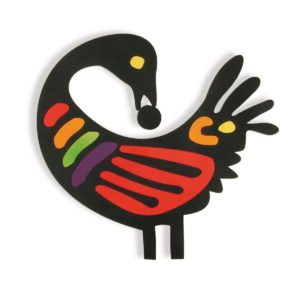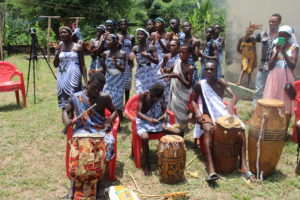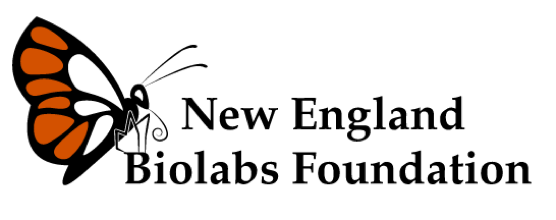Using drama, music and dance to send conservation messages
The project involved students from Junior High Schools in the northern and southern communities fringing the lake.
The project involved students from Junior High Schools in the northern and southern communities fringing the lake.

Sankofa Adinkra Symbol
“Sankofa”, a Twi word from the Akan language in Ghana literally means “Go back and get it”. It fundamentally explains the concept of returning to one’s roots occasionally to pick good social values. Sankofa is a one of the famous Adinkra symbols that inspires the believe of not throwing away good cultural practices especially ones that are beneficial to society.
 According folklore, a shot and wounded antelope evaded capture by a hunter and fell into a small pond. The pond expanded its banks mysteriously to the amazement of the hunter; causing him to believe the antelope was a ‘spirit’. He therefore named the pond “Bosumtwi” meaning “Antelope god”. The pond was protected traditionally by taboos and customs because it provided water and fish for the communities that surrounded it. Modernization overtime eroded the rich traditional believes and norms that ensured less pollution and sustainable management of the lake.
According folklore, a shot and wounded antelope evaded capture by a hunter and fell into a small pond. The pond expanded its banks mysteriously to the amazement of the hunter; causing him to believe the antelope was a ‘spirit’. He therefore named the pond “Bosumtwi” meaning “Antelope god”. The pond was protected traditionally by taboos and customs because it provided water and fish for the communities that surrounded it. Modernization overtime eroded the rich traditional believes and norms that ensured less pollution and sustainable management of the lake.
Lake Bosomtwe is one of the six major meteoric lakes in the world and also the largest natural lake in West Africa. The lake has a circular shape and a rim diameter of 10.5 km, it stretches along a 32km shoreline and covers an area approximately 52km2. The lake basin and its catchment provides an example of lake ecosystem with unique blend of species (including endemic spps), habitats-wetland, forested catchment, marshes and grassy ridges.
At the project launch (Phase I) in March 2017, students from 5 surrounding schools put up beautiful cultural displays and other educative art forms such as traditional poetry, drama, music and dance to educate community members on some negative lifestyle practices that had serious impacts on the Lake.
Pertinent to the overwhelming success of the Phase I (Which involved Northern
Catchment The phase II involved the youth of Five (5) schools in five (5) communities fringing the
Southern catchment zone of the lake; specifically, the Ankaase, Atafram, Amakom, Duase and
Adjaarman communities.
This phase will:
1. Establish five different orchards of 12.5 acres (planted with indigenous trees and fruits).
2. Enhance greater participation of the youth in the conservation and management of the Lake and its catchment
resources (through trees and fruit planting, caring and benefits).
3. Empower communities in sustainable management of resources through the use of culture and
folklores.
1. A total lake shore land area of 12.5 acres will be secured with orchard establishment. This will help halt
further degradation within these areas and protect core breeding habitats for fishes, reptiles and other
aquatic animals.
2. A total of 2,500 indigenous trees and fruits planted to restore degraded habitats and safeguard shore
zones.
3. At least five (5) biocultural troops established in five participating to schools champion environmental
awareness creation even beyond the timeline of the project.
4. More than 5,000 community members including youth and pupil reached through beahviour change
and awareness creation related activities.
Students using traditional dance to send conservation message

